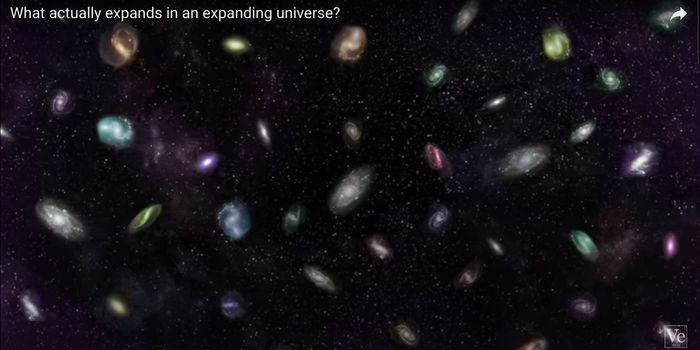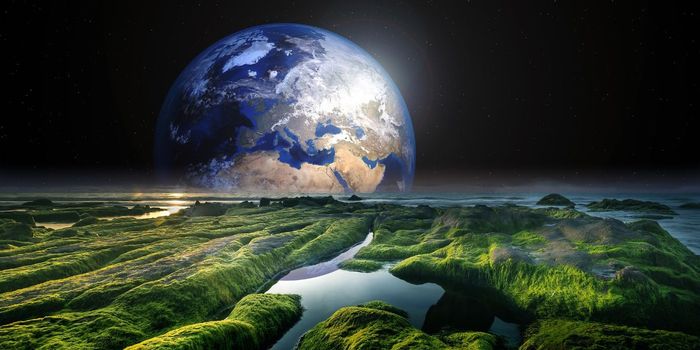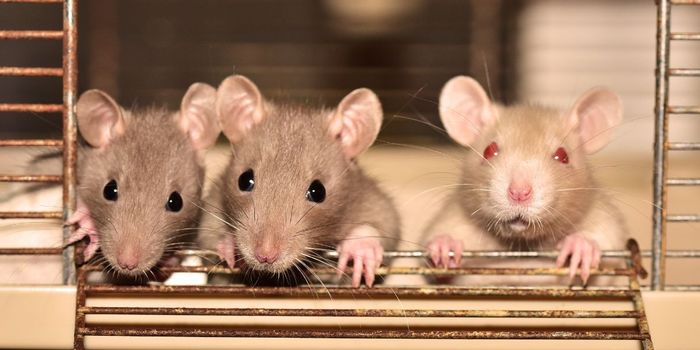On November 14, 2016, the moon will be closer to Earth than it's been since January 26, 1948. It'll be a full moon and a super moon. The moon won't come this close again until November 25, 2034. That makes upcoming full moon the closest and largest super moon in a period of 86 years!
A super moon is known not only to be bigger, but also to be obviously brighter than the normal full moons that we see. For this coming super moon, the moon will reach both the crest of its full phase - and its closest point for the month (perigee) - very early in the day on November 14 according to clocks in the Americas. (Perigee comes at 11:23 UTC (6:23 a.m. ET) on November 14. Full moon crests two-and-a-half hours later at 13:52 UTC (8:52 a.m. ET) on November 14.) So - for all of us in the Americas - the moon is closest to being full and closest to Earth on the morning of November 14, not the evening. That means that - for all U.S. time zones, including Alaska and Hawaii - the super moon falls closer to the night of November 13 than November 14. That's especially true if you are a morning person and plan to observe the super moon before dawn.
Another thing to look out for are super high and low tides caused by the super moon's extra close position to the earth. If you live along a coastline, watch for high tides caused by the November 14 super moon for a period of several days after November 14. These tides tend to follow the date of full moon by a day or two.
The tides will probably not cause flooding unless a strong weather system moves into the coastline where you are. Nevertheless, do keep an eye on the weather around November 14 if you live along the coast. Storms do have a large potential to accentuate high spring tides, especially those caused by super
moons!
Whatever your plans are for November 13-14, make sure you schedule in some moon-gazing time and bring your camera!








